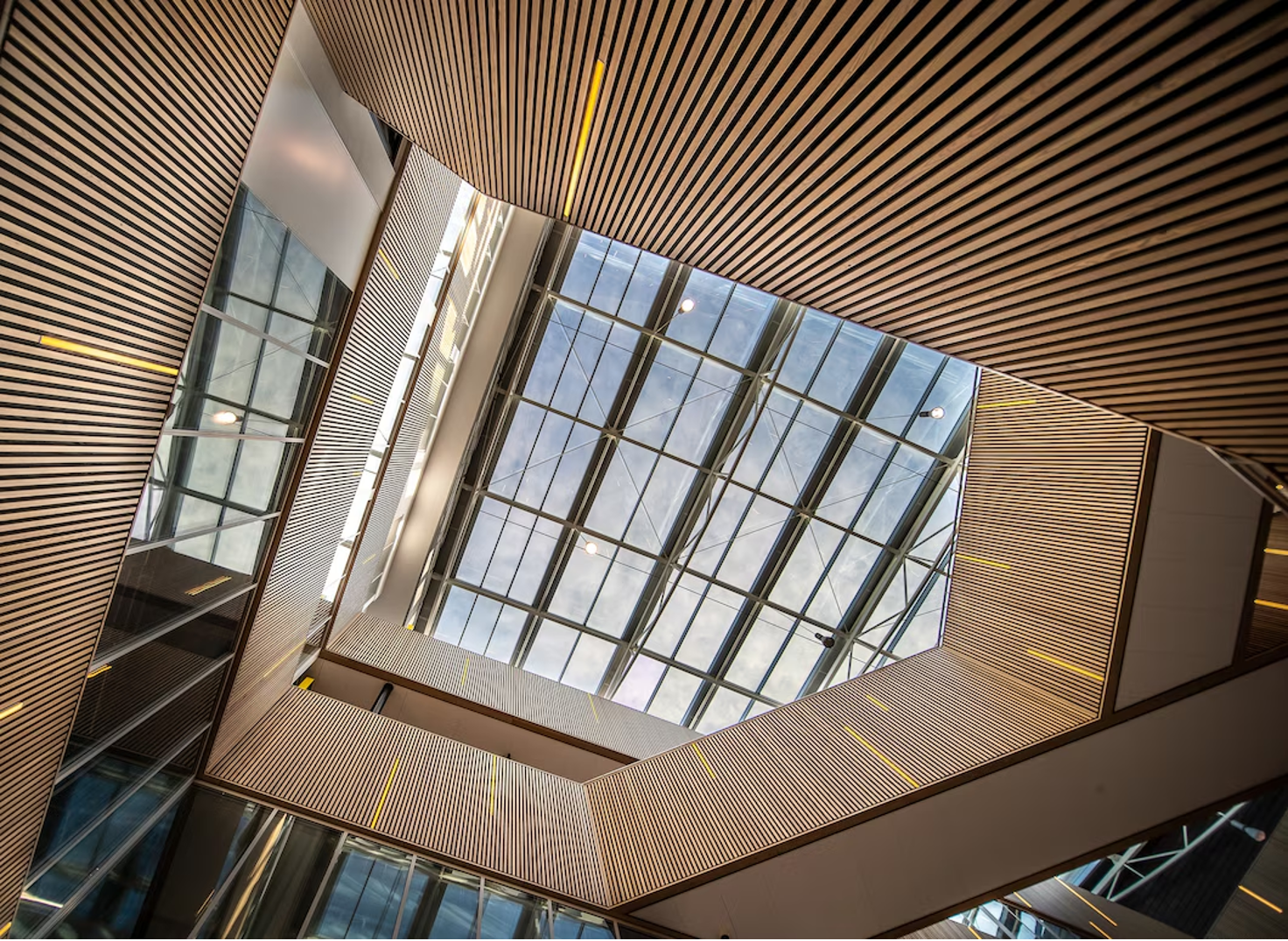
Architecture, at its core, is a reflection of human civilization. It stands as a testament to our cultural, technological, and artistic evolution, bridging the timeless essence of the past with the innovative aspirations of the future. The balance between preserving historical integrity and embracing contemporary functionality has become a defining challenge for architects in the 21st century. As cities expand and societies evolve, architectural design increasingly plays a crucial role in shaping not just skylines but also cultural identities and sustainable living environments.
The Enduring Legacy of Traditional Architecture
Traditional architectural styles serve as a reminder of human ingenuity before the advent of modern technology. Structures built centuries ago often prioritized functionality, responding intuitively to the environment and local materials. For instance, the grandeur of Gothic cathedrals, with their towering spires and stained-glass windows, demonstrated a blend of religious devotion and advanced engineering techniques for their time. Similarly, the intricacy of Islamic architecture, with its geometric patterns and domes, reflects a profound connection to spirituality and mathematical precision.
These timeless designs were not merely aesthetic but practical. They catered to local climates and social needs, such as the thick walls and courtyards of desert architecture, which offered insulation and ventilation. By studying these historic structures, contemporary architects can extract valuable insights into sustainable practices. This fusion of traditional principles with modern methodologies can lead to innovative designs that resonate with both past and present.
Modern Innovations: Form Meets Function
The rise of technological advancements has allowed architects to dream beyond the constraints of their predecessors. Today, architecture is not confined by material limitations or traditional building methods. Innovations such as 3D printing, parametric design, and smart materials have opened up a realm of possibilities, enabling the creation of dynamic and sustainable structures.
Modern skyscrapers, for instance, integrate cutting-edge technologies that prioritize energy efficiency and environmental sustainability. Features like photovoltaic panels, rainwater harvesting systems, and responsive facades are becoming commonplace in urban developments. These elements reflect a growing emphasis on green architecture, where buildings are designed to reduce their carbon footprint without compromising on aesthetics or utility.
Yet, as cities rise to meet the demands of an expanding global population, there remains a growing awareness of the need to harmonize contemporary designs with the cultural and historical fabric of their surroundings. The challenge is not only to innovate but also to honor the traditions and contexts that give places their unique identity.
The Middle Ground: Adaptive Reuse and Hybrid Design
Adaptive reuse has emerged as a prominent trend in modern architecture, showcasing the potential to integrate past and future seamlessly. This approach involves repurposing old buildings for new uses, preserving their historic character while accommodating modern needs. It is an answer to the dual challenge of honoring architectural heritage and addressing the growing demand for sustainable construction practices.
For example, former industrial sites and warehouses are being transformed into vibrant community spaces, blending the raw appeal of historical materials with sleek, contemporary interiors. These hybrid designs often celebrate the story of the structure, using elements such as exposed brick or steel beams as focal points that bridge eras.
Such projects underline the importance of storytelling in architecture. They emphasize that buildings are more than functional spaces; they are repositories of collective memory. By revitalizing historic structures, architects can foster a sense of continuity and belonging, even in rapidly changing urban environments.
Regional Inspirations in Contemporary Design
One of the most compelling aspects of architecture today is its ability to draw inspiration from diverse regional styles while addressing global challenges. The modern Mediterranean architecture movement exemplifies this trend by merging the timeless appeal of Mediterranean design with contemporary sensibilities. It embraces open layouts, natural light, and earthy tones while integrating sustainable features such as energy-efficient materials and passive cooling techniques. This hybrid style resonates with a wide audience, offering a sense of familiarity and modern comfort.
Similarly, in regions like the Middle East, contemporary architecture often draws from Islamic heritage while pushing the boundaries of modern design. Cities like Dubai exemplify this synthesis, where traditional geometric motifs and calligraphy are reimagined in cutting-edge skyscrapers and cultural landmarks. The juxtaposition of modern technology with ancient artistic traditions not only elevates the aesthetic appeal but also reinforces the cultural significance of these structures.
This regional interplay is not limited to aesthetics. It extends to functionality as well. For example, real estate in Dubai is incorporating innovative cooling systems and energy-efficient designs that address the arid climate, demonstrating how traditional knowledge can complement modern advancements to create livable, sustainable spaces.
Designing for the Future: Sustainability and Community
Looking forward, the future of architecture lies in its ability to address global challenges such as climate change, urbanization, and resource scarcity. Sustainable architecture has transitioned from being a niche interest to a central concern, driving innovation in materials, construction techniques, and urban planning. Green roofs, vertical gardens, and carbon-neutral buildings are no longer theoretical concepts but integral components of forward-thinking design.
Beyond sustainability, modern architecture increasingly prioritizes community and inclusivity. Mixed-use developments, pedestrian-friendly layouts, and public spaces are reshaping the way cities function, emphasizing human connection over car-centric planning. Architects are tasked with creating environments that foster a sense of community while accommodating diverse needs, from accessibility to technological integration.
The role of digital tools in this evolution cannot be overstated. From virtual reality to artificial intelligence, technology is transforming how architects conceptualize, design, and execute projects. These tools enable precise modeling and efficient resource allocation, reducing waste and improving outcomes. However, technology alone cannot replace the human element in architecture—the sensitivity to context, culture, and emotion that defines truly remarkable designs.
Challenges in Balancing Innovation and Preservation
While the fusion of past and future in architecture presents exciting opportunities, it is not without challenges. One major concern is the potential for over-commercialization, where historic sites are stripped of their authenticity in favor of profit-driven developments. Striking a balance between preserving cultural heritage and meeting modern demands requires thoughtful planning and ethical considerations.
Moreover, the rapid pace of urbanization often leads to homogeneity, where cities lose their unique character in the race to modernize. To counter this trend, architects must advocate for designs that respect local identities and histories, ensuring that progress does not come at the expense of diversity and tradition.
Conclusion
Architecture is a dynamic interplay of past, present, and future. It draws strength from the enduring principles of traditional design while embracing the possibilities of modern technology and innovation. By striking a balance between these elements, architects can create spaces that not only meet functional needs but also inspire and connect people on a deeper level.
The journey toward this harmonious integration requires a commitment to sustainability, cultural preservation, and community-centered design. As societies evolve, architecture must continue to adapt, reflecting the values and aspirations of the people it serves. In doing so, it will remain a powerful medium for bridging history and modernity, ensuring that the built environment tells a story of progress while honoring the legacy of those who came before.





